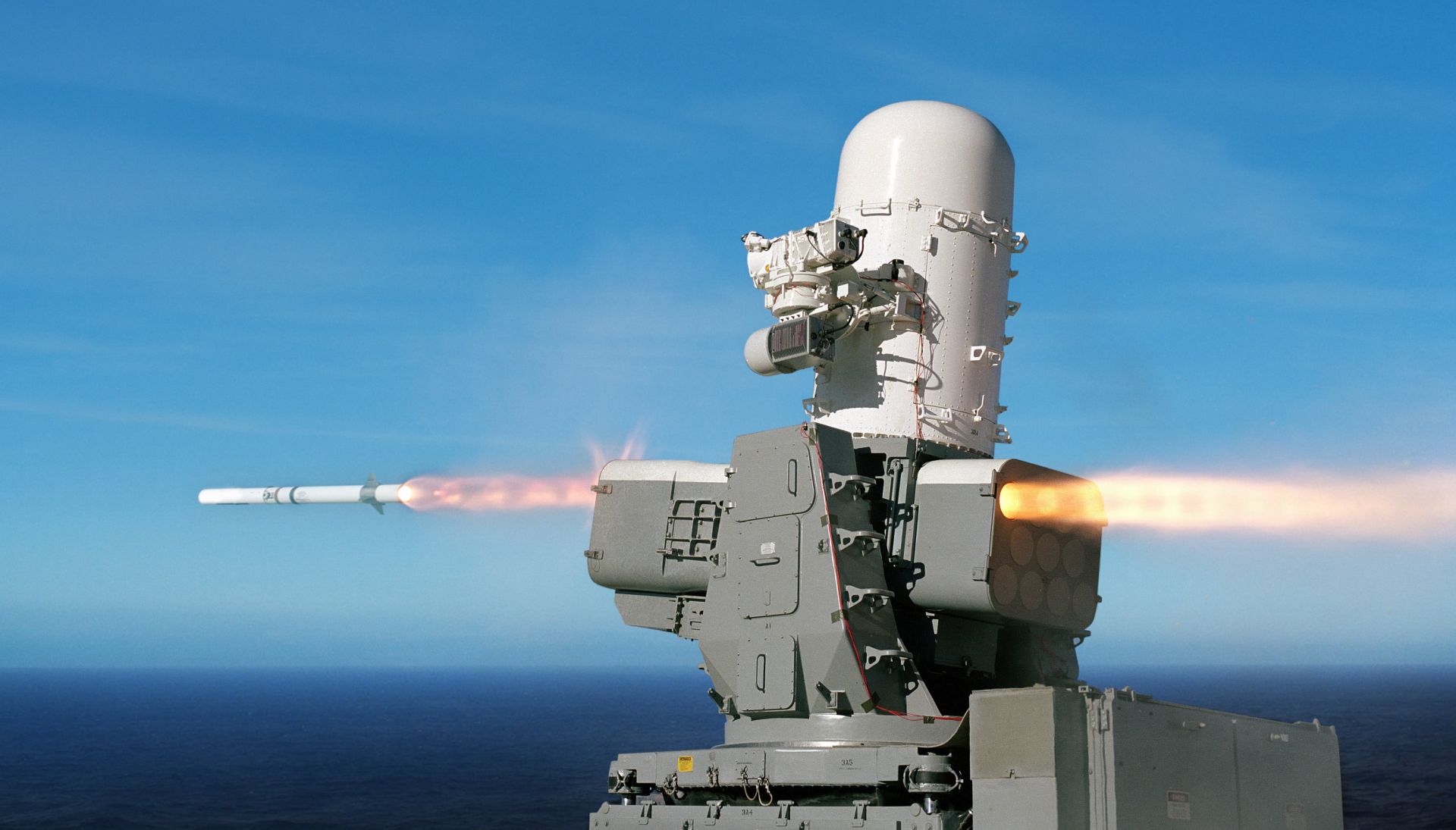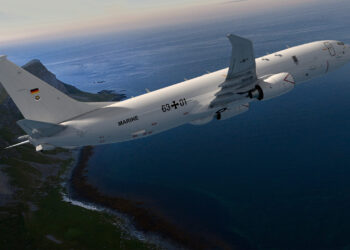Weapon system tracks and engages target in LCS 4 exercise
For the first time, the U.S. Navy successfully fired a tactical missile from a SeaRAM launcher on an Independence variant littoral combat ship. The missile was launched Aug. 14 during a live-fire exercise at the Naval Air Warfare Center Weapons Division sea range off the coast of California. U.S.S. Coronado (LCS 4) fired a Rolling Airframe Missile from a SeaRAM® anti-ship defense system, both produced by Raytheon Company (NYSE: RTN).
During the test, the SeaRAM detected, tracked and engaged an inbound threat target, and fired a RAM Block 1A that successfully intercepted the target.
“This test success marks a major milestone toward full operation and employment of the SeaRAM system on U.S. Navy ships,” said Rick Nelson, vice president of Naval Area and Mission Defense product line at Raytheon Missile Systems. “SeaRAM demonstrated that it is a vital weapon for defending navies against anti-ship cruise missiles, and provides warfighters with a capability found nowhere else.”
The exercise also was designed to provide information to reduce risk in future combat and certification exercises for the LCS.
About Close-in Defense Solutions
- Raytheon’s Phalanx is a rapid-fire, computer-controlled radar and 20mm gun system that acquires, tracks and destroys enemy threats that have penetrated all other ship defense systems.
- Intended to enlarge Phalanx’s keep-out range against evolving anti-ship missiles, rotary- and fixed-wing aircraft and other threats, SeaRAM Anti-ship Missile Defense Systems use advanced Phalanx Block 1B sensors and replaces the gun with an 11-round Rolling Airframe Missile guide.
- SeaRAM is aboard the Independence variant of the U.S. Navy’s littoral combat ships.
Raytheon Company, with 2014 sales of $23 billion and 61,000 employees worldwide, is a technology and innovation leader specializing in defense, civil government and cybersecurity markets throughout the world. With a history of innovation spanning 93 years, Raytheon provides state-of-the-art electronics, mission systems integration and other capabilities in the areas of sensing; effects; and command, control, communications and intelligence systems, as well as cybersecurity and a broad range of mission support services.










